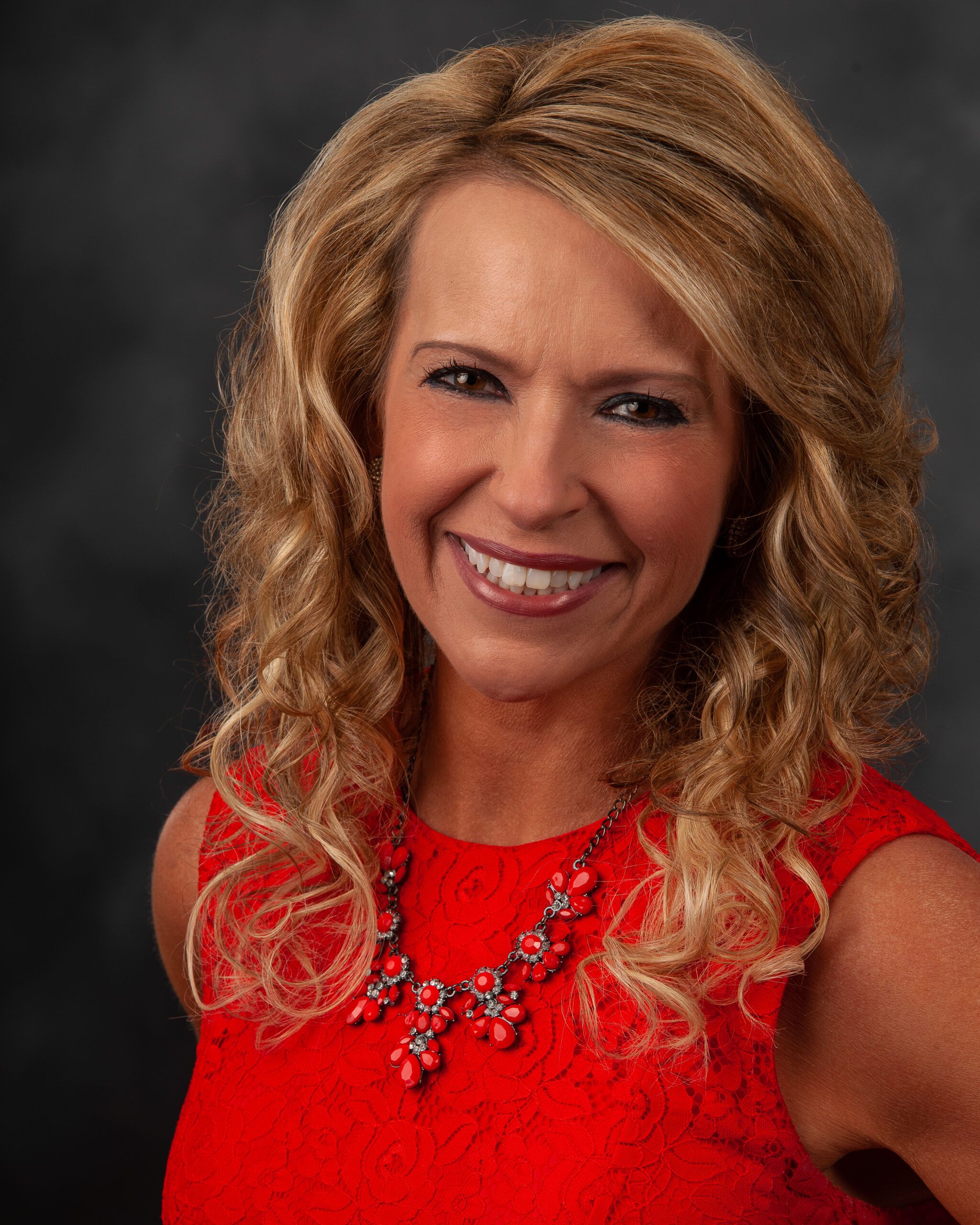Well, here we are …
The year is already halfway “in the books” and, if you’re like most business owners and sales professionals, you likely fall into one of three categories:
• You’re having a great year so far and you, and your team, are really making it happen.
• You’re not where you’d like to be but you’ve realized that it’s time to be proactive and make something happen.
• You’re cruising along, glanced up at the calendar, saw it was July and wondered, “What happened?”
Wherever you happen to be, halftime is when many teams pause, assess how they’re doing and make the necessary adjustments to finish the game successfully. Is it time to reassess your goals for the second half of the year and make any needed adjustments? And what is your process for doing so?
Here are five metrics you may want to consider as you create your own personal goal setting plan, or “playbook,” for the balance of 2022:
• How many core values have you identified? A value is a standard that expresses how you operate—a standard from which you will not deviate. For example, what are three values that allow you to clarify what matters most to you—values that guide both your professional life and your personal life? And these values must align and be congruent. For instance: Spending quality time with my family and maximizing my income regardless of the time and effort it takes do not align. Figure out your priorities and create a value set that is consistent with them.
• What, and how many, personal goals do you have? It’s important to start with your personal goals and it’s also a good idea to aim for at least three you can work toward. A big goalsetting mistake people often make is starting with business goals. If you begin with personal goals, you will find it much easier to identify business goals that support and align with them. Ask yourself, what do you want your life to look like five years from now? What do you want your retirement to look like? You can create personal goals in any number of areas: financial, family, social, hobby, health/fitness, spiritual and so on.
• What, and how many, business goals do you have? Once you have identified your personal goals, you will want to figure out what business, and professional, goals are necessary for you to achieve, and support those goals. Make sure your business goals stem from your personal goals.
• What specific behaviors lead to the achievement of your goals? Create a behavioral plan (also known as a “cookbook”) for those activities that directly impact your ability to achieve your goals. Identify multiple activities, not just one. Schedule time on the calendar to do the behaviors. Keep track of your record in executing these activities over time so you can evaluate your progress.
• Who is going to hold you accountable? You should have at least one accountability partner. This is someone you trust and respect—someone to whom you can make a clear commitment to take regular action on your behavioral plan. Then, schedule weekly discussions with this person. If you commit to doing X, Y and Z in keeping with your behavioral plan, and it turns out that you complete X and Y but not Z over the course of the week, there needs to be a conversation about that. If this person lets you off the hook by allowing you to simply assume “responsibility” for not doing what you said you would do but there is no action taken to remedy the situation, that’s not an accountability partner.
Follow these simple steps to incorporate all five of these critical elements in your goal setting playbook and be in a much better position to achieve your goals in the second half of the year.
Jim Marshall is owner, and president, of Sandler Training of Tampa Bay, which provides sales, corporate and management training to high-achieving companies and individuals. Contact him at 813.287.1500 or [email protected].









